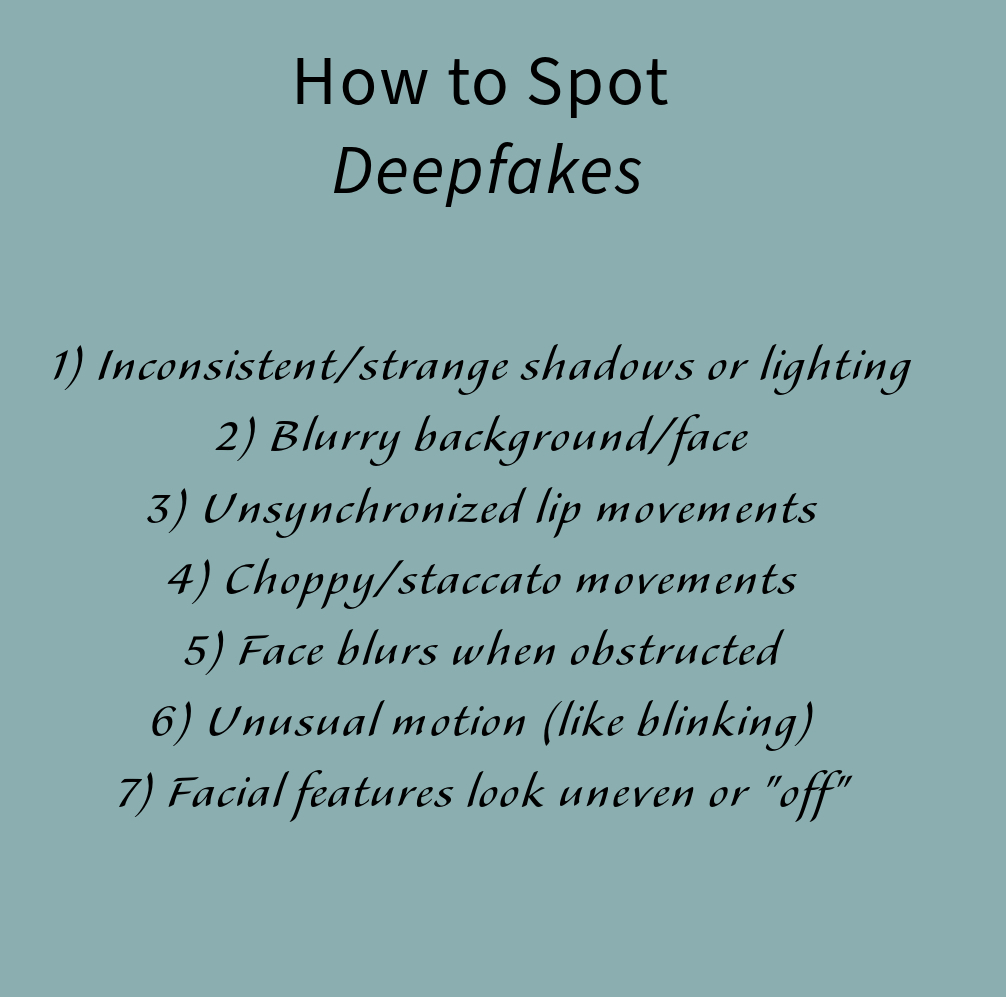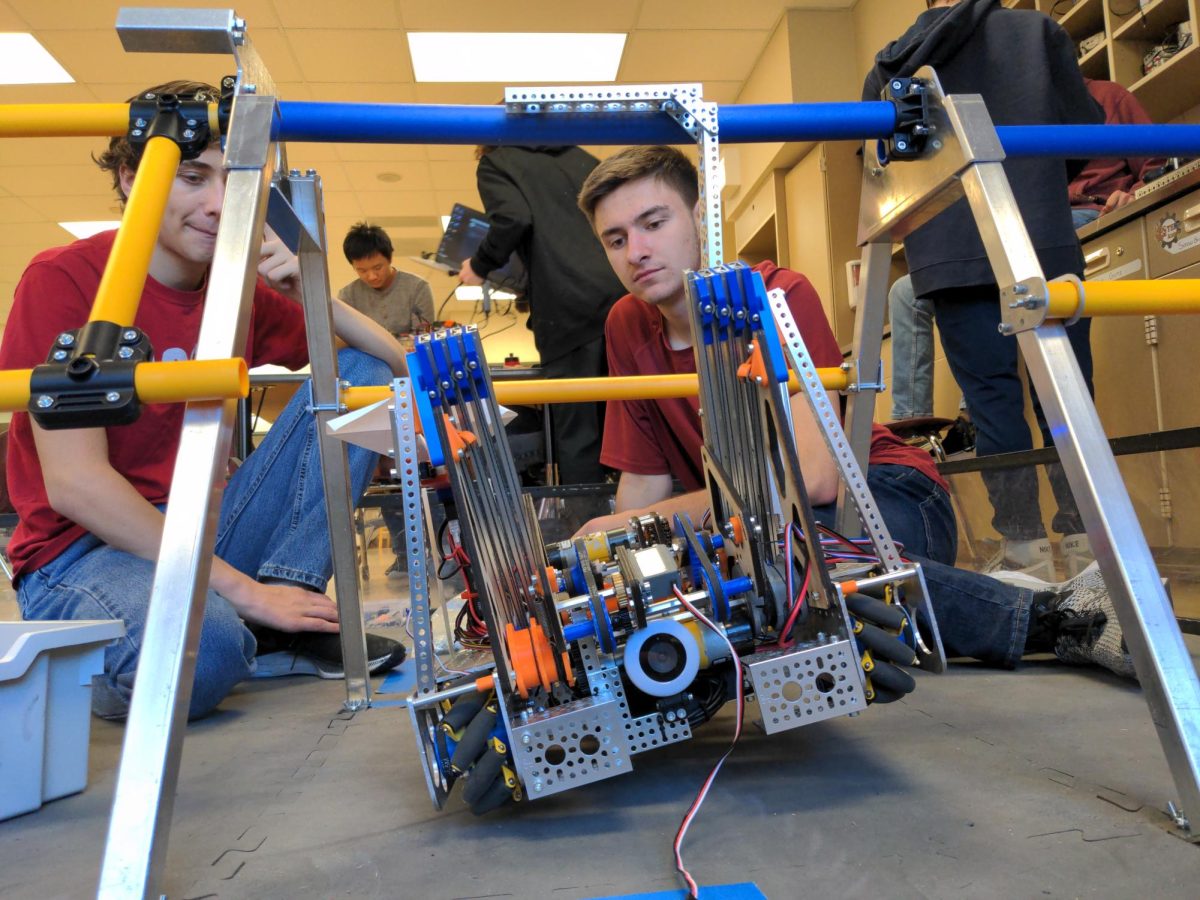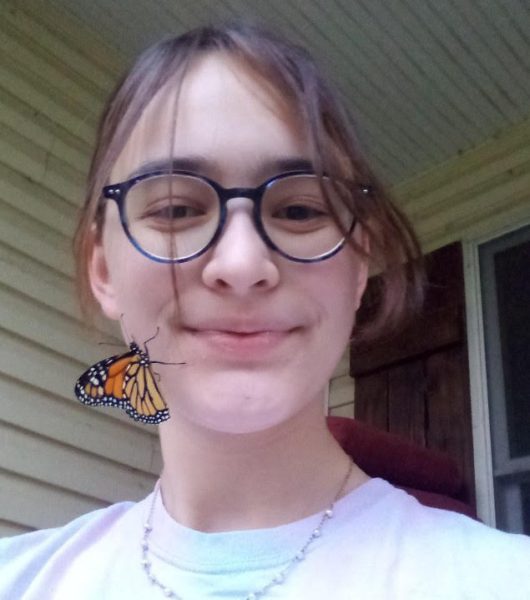Artificial intelligence is probably one of the biggest growing dangers of our time, with increasingly more things being made possible by it any way you look. Yes, AI can be used to accomplish good things, but it can be used to do bad things too.
On the one hand, businesses may use AI for things such as customer service and difficult calculations, meaning the businesses run more smoothly. AI is often used in these situations and settings to reduce human error, or to fix the problem of customer service backlog.
But AI can also be very damaging. Deepfakes are likely the most problematic. These are incredibly harmful – a “deepfake” is a video, photo, or audio clip that is specially edited or generated to ruin reputations, slander people, and/or spread false rumors and information. Deepfakes aren’t always created for any of these purposes, but when they are, it’s extremely damaging. These days, anyone could do any number of harmful things using AI. Inappropriate pictures, fake audios, and edited videos can all be produced using this tool. According to the University of Arizona’s website, the word deepfake “usually refers to a highly realistic but fake image or audio of a person saying or doing something they never actually said or did.”
A question to ask is, is it even possible to “stop” or “check” AI? By this point, electronic technology is so advanced and people are getting to be so tech-savvy that slowing the progression of AI’s abilities may be impossible to do. There is a growing obsession with AI chatbots; many people are using them to do assignments, generate art, and have conversations. AI can be and is used in political and social settings to create false rumors and news, sparking big issues that affect many people. It can be extremely difficult to identify deepfakes, making them even more dangerous and harmful.
Considering the validity of pieces of media you see may be helpful. Does it seem like it’s authentic? Is the video blurry in odd places, or do its subjects move choppily? Does the face of the person in that shocking image you just saw on Instagram seem too shadowy or not shadowy enough? Is the lighting making you think twice?
Even so, deepfaked images, videos, and audio will be difficult to catch onto as technology improves, even with these common indicators existing. It’s up to you to consider everything you see online carefully.
Sources:
– https://apnews.com/article/one-tech-tip-spotting-deepfakes-ai-8f7403c7e5a738488d74cf2326382d8c
– https://ask.library.arizona.edu/faq/407977




